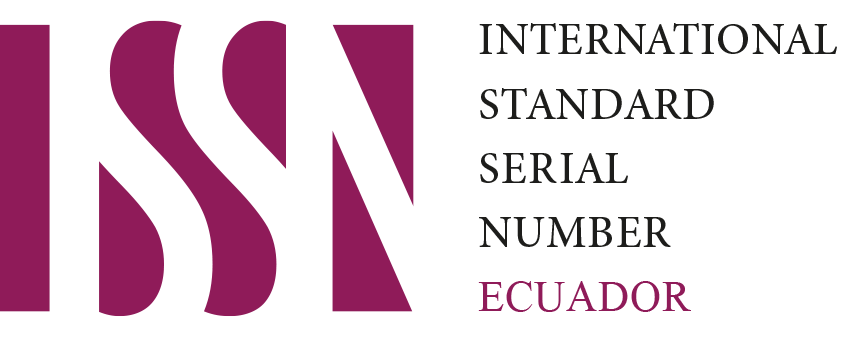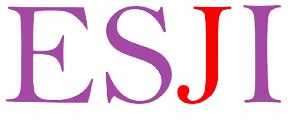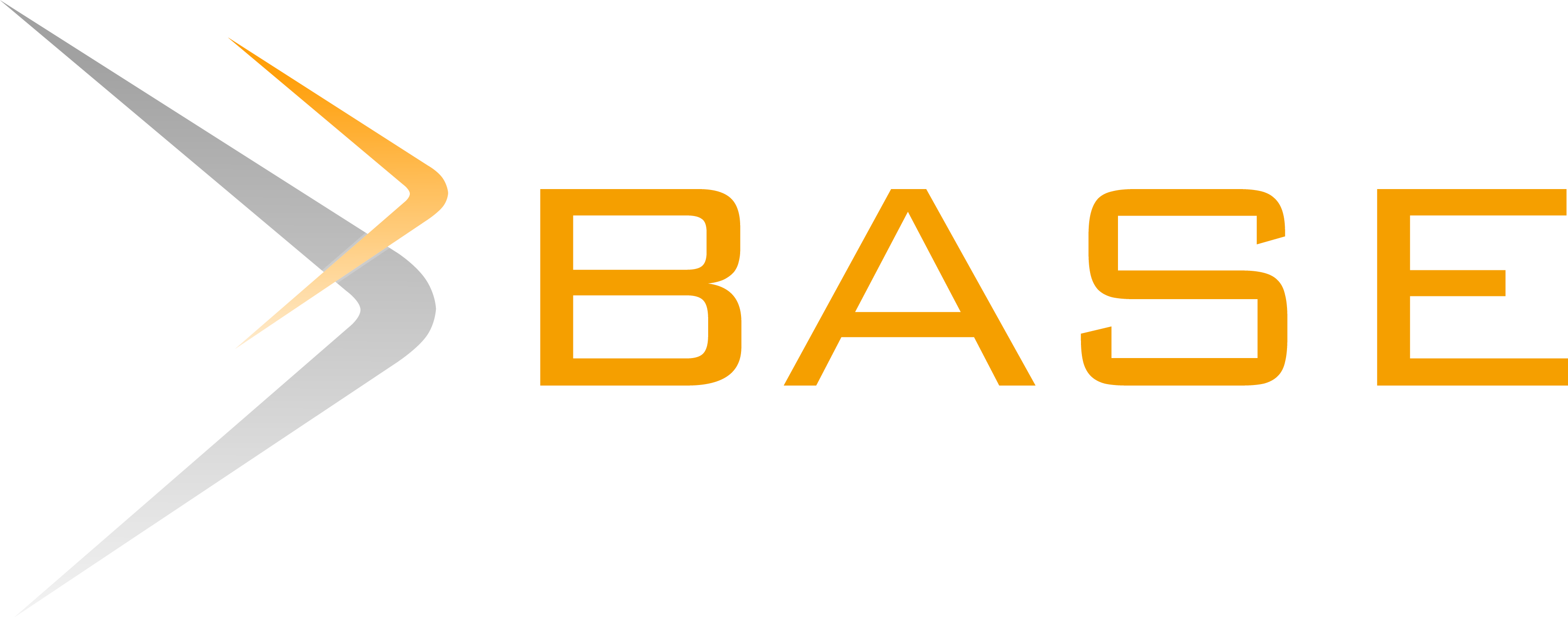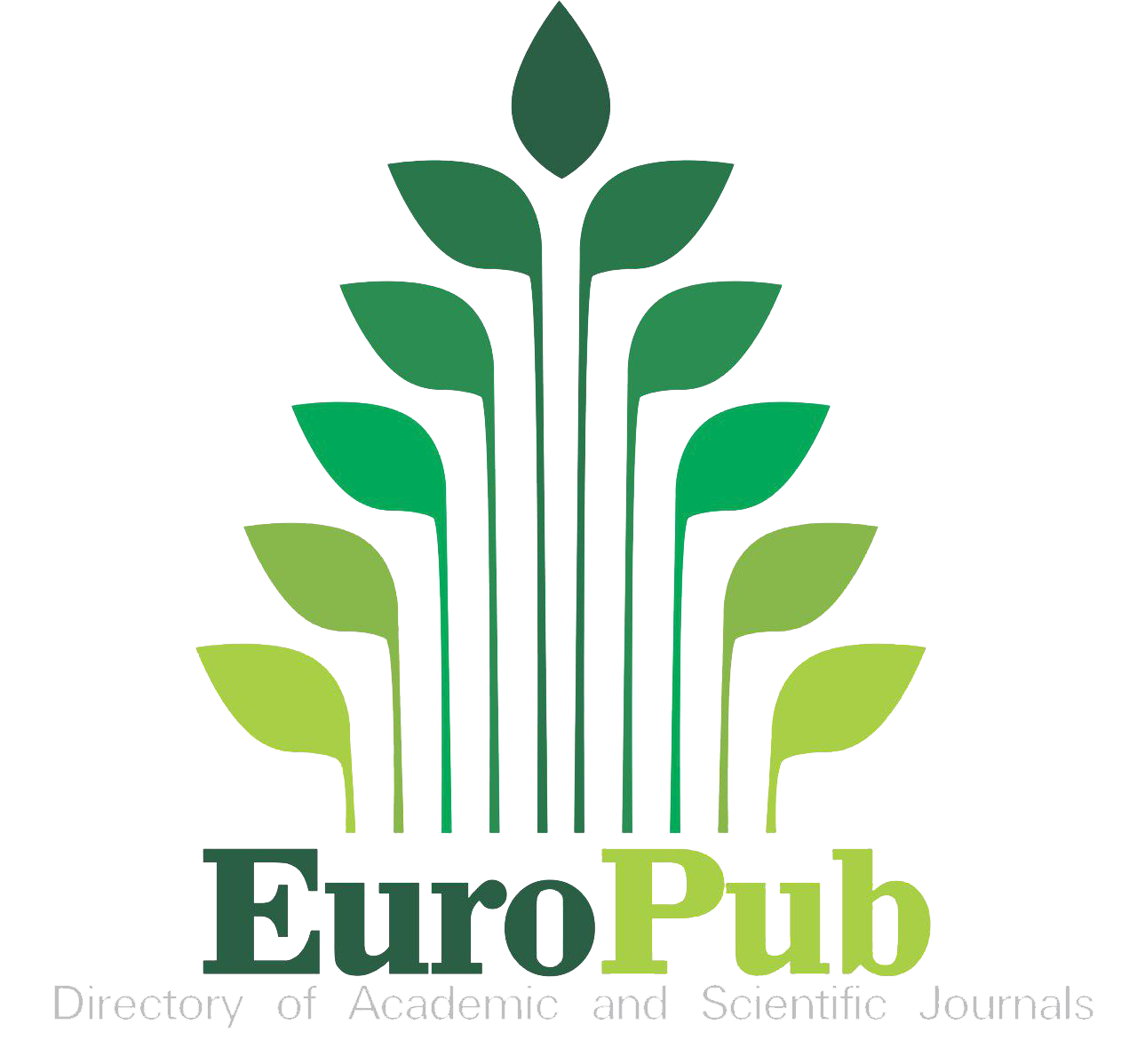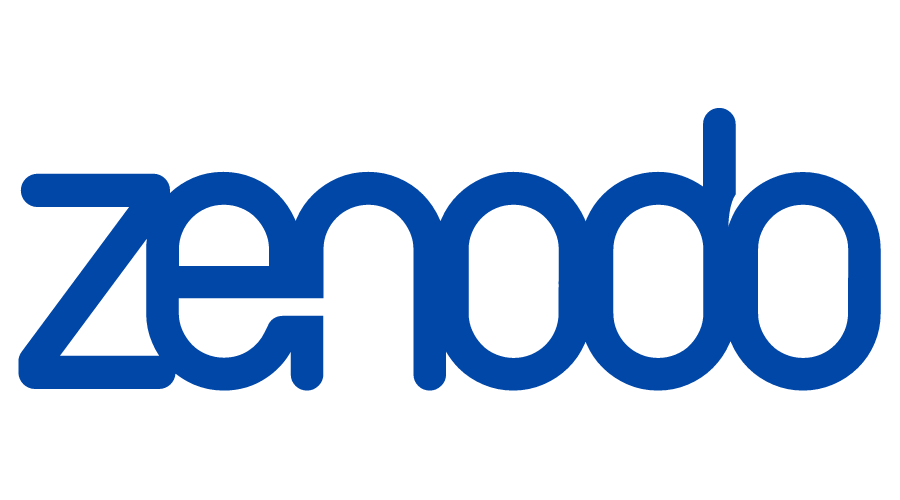Submissions
Submission Preparation Checklist
All submissions must meet the following requirements.
- This submission meets the requirements outlined in the Author Guidelines.
- This submission has not been previously published, nor has it been before another journal for consideration.
- All references have been checked for accuracy and completeness.
- All tables and figures have been numbered and labeled.
- Permission has been obtained to publish all photos, datasets, and other material provided with this submission.
- Cover letter in PDF format, signed by the author for correspondence. You can add an electronic or scanned handwritten signature to the document.
- Title page of the manuscript in Microsoft Word format according to the journal's Author Guidelines.
- Authors' contribution in Microsoft Word format, according to the template available on the journal's website.
- Anonymized manuscript in Microsoft Word format, according to the template available on the journal's website.
- Publication and Copyright License Agreement in PDF format, signed by all authors after submission acceptance. The document can be signed electronically or handwritten. This document will be sent through the journal's OJS platform when requested by an editor.
- Authorization from the relevant ethics committee is mandatory for research involving human participation. In Ecuador, approval from a Human Research Ethics Committee (CEISH) is required to ensure the proper protection of the subjects involved in the research.
Original articles
Studies presenting original and unpublished results that significantly contribute to advancing knowledge in the field of food science and gastronomy. These articles should follow a standard structure: title, authors, abstract, introduction, methodology, results, discussion, conclusions, and references.
Review articles
These articles critically analyze, synthesize, and evaluate the existing literature on a specific topic, providing a comprehensive view of the state of knowledge in the area of food and gastronomy. Reviews can be classified into several categories based on their objectives, methodology, and scope in narrative review, systematic review, and meta-analysis.
Reflection articles
Proposals for critical analysis and reflections on ethical, social, and policy aspects related to food, providing perspectives that encourage deep debate and discussion.
Technical notes
Brief reports presenting methodological or technical innovations that impact the field of gastronomy and food science, contributing new approaches and practical solutions.
Letters to the editor
Brief comments that respond to articles previously published in the journal, fostering academic dialogue in the field of food science and gastronomy. These letters may include up to 1000 words, 2 figures, 1 table, and 10 references.
Editorials
They provide critical analysis and commentary on priority topics in the field of food science and gastronomy. However, to ensure the quality and relevance of this section, editorials will preferably be by direct invitation from the editorial committee. The editorial team before publication will review invited editorials internally. Unsolicited editorials may be considered, provided they address relevant and current topics for the journal's audience. They are not subject to the peer review process but must meet the journal's standards for quality, clarity, and academic rigor. Invited authors may suggest specific topics or proposals for editorials, which will be evaluated by the editorial team.
Copyright Notice
Authors retain the copyright to their work and can self-archive the final published version in personal or institutional repositories that are non-commercial. When doing so, they must cite the original source and provide a link to the journal. However, self-archiving in commercial repositories is not permitted.
Privacy Statement
The names and email addresses entered in this journal site will be used exclusively for the stated purposes of this journal and will not be made available for any other purpose or to any other party.







